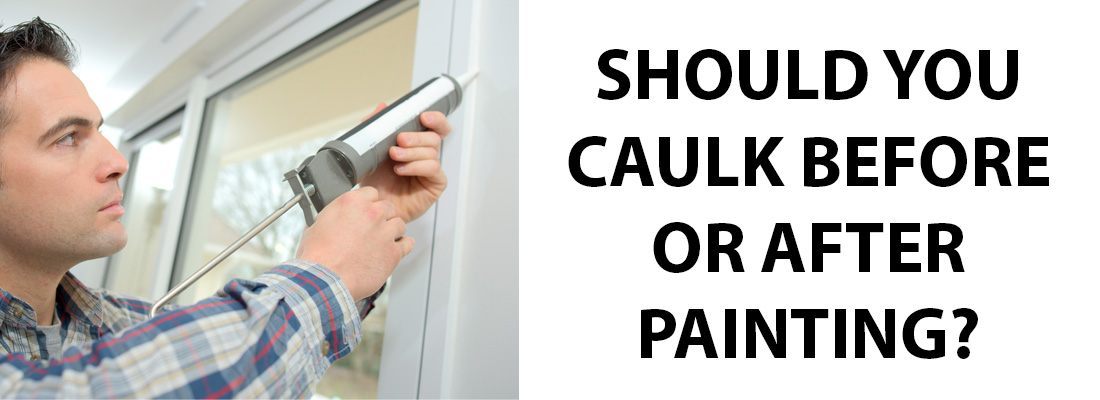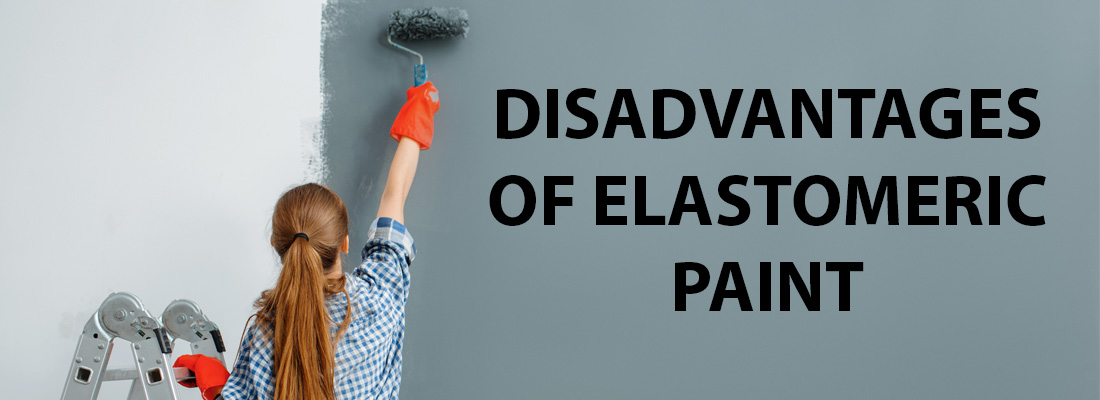Can you paint stucco? If you’ve ever asked yourself this question, you’re not alone. Stucco is a popular exterior finish known for its durability and distinctive texture, but over time, you may find yourself wanting to refresh its appearance with a fresh coat of paint. The good news is that painting stucco is indeed possible, and it can be a fantastic way to breathe new life into your home’s exterior. However, it’s important to approach the process correctly to ensure a long-lasting and visually pleasing result. In this blog post, we’ll explore how to paint stucco effectively and discuss some of the best paints to use for this specific surface. So let’s dive in and discover the key steps to transform your stuccoed surfaces into vibrant works of art!
We’re experienced and expert painters in Boise and serve the entire area including Meridian, Middleton, Nampa, and Eagle. Click the button below to get a free estimate or read on to learn more about stucco painting.
Can You Paint Stucco?
Yes, you certainly can paint stucco. Painting stucco can be a fantastic decision for several reasons. First and foremost, it allows you to transform the appearance of your home or building, giving it a fresh and updated look. Whether you want to change the color of your stucco or simply refresh its existing color, paint can make a significant difference in enhancing the overall aesthetic appeal.
Additionally, painting stucco can help protect it from the elements. Stucco is known for its durability, but over time, exposure to sun, rain, and other environmental factors can cause it to deteriorate. High-quality paint acts as a protective barrier, shielding the stucco from moisture, UV rays, and other damaging elements. It can help prevent cracking, fading, and other signs of wear and tear, ultimately prolonging the life of your stucco finish.
Is it Good to Paint Stucco?
Painting stucco can be a beneficial choice for enhancing the appearance and protecting the surface. It allows for customization, improves curb appeal, and extends the lifespan of the stucco finish. However, it’s essential to properly prepare the surface and use high-quality materials to ensure a successful and long-lasting paint job.
How to Paint a Stucco Exterior
- Clean the surface: Thoroughly clean the stucco to remove dirt, dust, and debris. Use a pressure washer or a stiff brush with a mild detergent. Allow the stucco to dry completely.
- Protect surrounding areas: Cover nearby plants, windows, and any other surfaces you don’t want to be painted with drop cloths or plastic sheeting.
- Apply primer: Prime the stucco surface with a high-quality primer specifically designed for stucco. Use a roller or brush to ensure even coverage. Allow the primer to dry according to the manufacturer’s instructions.
- Choose the right paint: Select a paint suitable for exterior stucco surfaces. Opt for a high-quality acrylic latex paint with excellent adhesion and durability.
- Start painting: Begin by cutting in along the edges and corners with a brush, then use a roller to cover larger areas. Work in small sections, applying an even coat of paint. Use long and smooth strokes to maintain a consistent texture.
- Allow proper drying time: Follow the paint manufacturer’s instructions for drying time between coats. Typically, we recommend applying two full coats for the best coverage.
- Inspect and touch up: There’s bound to be small areas you may have missed or that need a little extra paint. After the paint has dried, inspect the painted surface for any missed spots or imperfections. Touch up these areas with additional paint as needed.
- Clean up: Clean your brushes, rollers, and any other painting equipment according to the paint manufacturer’s instructions. Properly dispose of any paint waste or empty containers.
Remember to always take safety seriously. Wear protective clothing, such as gloves and goggles, and work in well-ventilated areas.
What You’ll Need
Starting a painting project with the right supplies and tools is essential for achieving a successful outcome. Having the necessary materials on hand ensures efficiency, convenience, and helps you produce a professional-looking finish. When it comes to painting stucco, here is a comprehensive list of supplies and tools you’ll need:
- Paint: Choose a high-quality exterior acrylic latex paint specifically designed for stucco surfaces. Consider the color and finish that best suits your preferences and the desired aesthetic.
- Primer: Select a primer that is formulated for stucco surfaces. The primer enhances adhesion, promotes better paint coverage, and improves the longevity of the paint job.
- Brushes: Have a variety of brushes on hand, including a 3-inch angled brush for cutting in along edges and corners, and smaller brushes for touch-ups and detail work.
- Rollers: Use a 9-inch roller with a 1/2-inch or 3/4-inch nap for applying paint to larger areas of the stucco walls. A roller extension pole may be helpful for reaching high or hard-to-access areas.
- Roller tray and liner: Use a sturdy roller tray with disposable liners for efficient paint application and easy cleanup.
- Drop cloths or plastic sheeting: Protect nearby surfaces, windows, and plants from paint splatters by covering them with drop cloths or plastic sheeting.
- Painter’s tape: Use painter’s tape to mask off areas you don’t want to be painted, such as window frames or trim.
- Patching materials: Have a stucco patching compound and a putty knife for repairing any cracks, chips, or damage on the stucco walls.
- Cleaning supplies: Prepare the stucco surface by cleaning it thoroughly. You may need a pressure washer, a stiff brush, and a mild detergent for cleaning the stucco.
- Ladder or scaffolding: Depending on the height of the stucco walls, you may need a ladder or scaffolding to reach higher areas safely.
- Safety equipment: Prioritize safety by wearing gloves, safety goggles, and a respirator mask to protect yourself from fumes and potential debris.
Caulk Before or After Painting?
Painting Interior Stucco Walls
If you’re looking into painting your interior stucco walls, you’ll get the best results when using the right paint for the job. Choosing quality acrylic-latex interior paint will ensure the best coverage and finish. Typically the preferred finish when working with stucco is an eggshell or flat finish. Be sure to apply at least two coats because stucco is a porous surface. Allow plenty of time for your paint to dry completely between coats.
Best Exterior Paint for Stucco
Choosing the best paint for your exterior stucco surface doesn’t have to be a hard decision. Basically, you’ll need to choose between either acrylic latex or elastomeric paint. It’s important to choose a product specifically designed for this type of surface. Keep in mind that most of the time, homeowners choose acrylic-latex exterior paint. It allows your stucco to breathe, preventing mold and mildew from occurring. It’s also very easy to apply and is more affordable than elastomeric. However, if you have neighbors that have had success with elastomeric paint for their stucco, it may be an option to consider.
Best Sherwin Williams Stucco Paint
Sherwin Williams is known for their quality paints and stains and they also carry specific paint lines that are excellent for painting stucco. Here are a few examples of Sherwin-Williams paints that we recommend for stucco:
- Duration® Exterior Coating: Sherwin-Williams Duration® is a premium exterior paint designed to provide exceptional protection and longevity on stucco surfaces. It offers excellent resistance to cracking, peeling, and fading, thanks to its advanced PermaLast® technology.
- SuperPaint® Exterior Acrylic Latex: Sherwin-Williams SuperPaint® is another popular choice for stucco surfaces. This paint is known for its durability and ability to withstand harsh weather conditions. It offers excellent coverage and color retention, ensuring that the stucco walls maintain their appearance for an extended period.
- Emerald® Exterior Acrylic Latex: Sherwin-Williams Emerald® is a high-quality paint line that provides exceptional performance on stucco exteriors. This paint is known for its advanced water-based technology, offering excellent adhesion, durability, and resistance to fading and blistering. Emerald® also has a mildew-resistant formula and features self-priming capabilities, which can be advantageous when painting stucco surfaces.
Best Exterior Stucco Paint Colors
There are literally thousands of stucco paint color choices available to homeowners these days. Choosing the best stucco colors for exterior applications depends on personal preference, architectural style, and the surrounding environment.
Homeowners often opt for neutral tones like beige, cream, tan, and light gray, as they offer a timeless and sophisticated look that complements various architectural styles. Earthy hues such as warm browns, terracotta, and ochre bring a natural and rustic charm to stucco exteriors, while white and off-white shades create a fresh and elegant appearance. Cool blues and greens offer a refreshing and calming effect, particularly suitable for coastal homes.
On the other hand, warm reds, oranges, and terracotta can add a bold and energetic touch, commonly seen in Spanish or Mediterranean-inspired designs. Ultimately, the best stucco color is one that reflects your personal style and enhances the overall aesthetic appeal of your home.
Modern House Stucco House Colors
Modern house stucco paint colors often reflect contemporary design trends and embrace a minimalist, sleek, and clean aesthetic. When selecting colors for modern stucco exteriors, homeowners often gravitate toward specific shades that align with this style. Some popular modern stucco colors would include white, shades of gray, black, and beige, and adding a pop of bold color to a neutral tone.
Can You Paint Stucco Conclusion
Painting stucco can transform the appearance of your home, providing a fresh and updated look while protecting the surface from the elements. With the right preparation, tools, and high-quality paint, you can achieve a beautiful and long-lasting finish.
At Boise Home Painting, we understand the intricacies of painting stucco and have years of experience in delivering exceptional results. Our team is well-equipped to handle all your painting needs throughout the Treasure Valley. Whether you’re looking to revitalize your stucco exterior or undertake any other painting project, you can trust our expertise and dedication to providing a superior painting experience.





